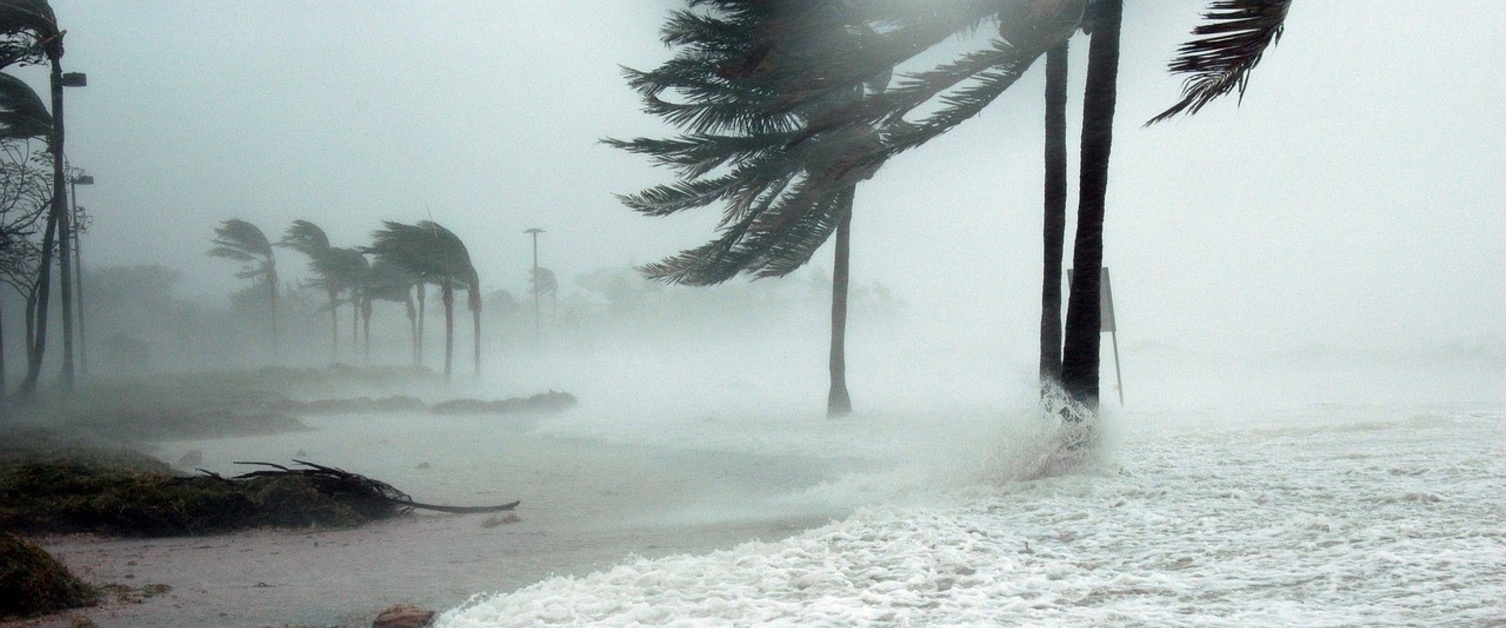Hurricane Hazards: Know What You're Facing
- By AMS Staff
- Aug 24, 2023
We’re now in the middle of Atlantic hurricane season (June through November). Are you prepared?
With powerful winds, rain, and waves, tropical cyclones can cause disaster—including some dangers you may not expect. For example, did you know that nearly half of tropical cyclone deaths occur after the storm?
Below are the most frequent causes of weather- and water-related fatalities from the past 10 years of tropical cyclones, 2013–2022, based on reports from the National Hurricane Center (NHC). Many of these deaths were due to the strongest form of tropical cyclone, often known as a hurricane or typhoon depending on the region.
- Rain. Studies from 1963 to 2012 showed storm surge as the most common cause of fatalities during tropical cyclones. Since 2013, though, the biggest killer has been flooding. The extreme amounts of rainfall a hurricane brings with it often lead to massive freshwater floods—as we saw in Hurricane Harvey in 2017, for example. 57% of direct hurricane deaths were caused by such floods.
- Waves. Dangerous surf and rip currents claim their share of victims as well—15% of the total—including those far away from a cyclone who encounter the waves it generates.
- Wind. Destructive winds—74+ miles per hour in a hurricane—cause massive destruction and 12% of tropical cyclone deaths.
- Surge. Although federal agencies, local and regional governments, and others have done a great deal of work to improve warnings and evacuation plans, storm surge remained a major threat in 2013–2022, causing 11% of direct deaths.
Other fatalities occurred due to phenomena like tornadoes, lightning, and offshore marine/boating incidents.

Aside from these direct impacts, however, nearly as many people have died due to indirect causes as from the forces of a tropical cyclone itself. In their aftermath, hurricanes can leave structures destroyed, power lines downed, roads dangerous, and emergency services far away, making communities vulnerable. In the most recent decade, major indirect causes of death include (rounded up to nearest percentage point):
- Vehicle accidents (16%)
- Accidents during disaster recovery or preparation (15%)
- Carbon monoxide poisoning, often due to improper use of generators (12%)
- Power problems and electrocution (11%)
- Lack of medical access (11%)
If you’re in an area affected by tropical cyclones, it’s important to remember all the different ways they might affect you, and plan accordingly before the storm. Visit the National Hurricane Preparedness website to learn about preparing for a hurricane.
For more detail on hurricane fatalities, see this recent AMS Front Page blog post by Dr. Mike Brennan, head of the NHC, and others. To see current hurricane information, visit the National Hurricane Center’s website.
Note: These numbers don’t include fatalities from Hurricane Maria in 2017, as no comprehensive cause-of-death statistics exist for this disaster.
Share Awareness
Help raise awareness of hurricane hazards by sharing the graphics below:
